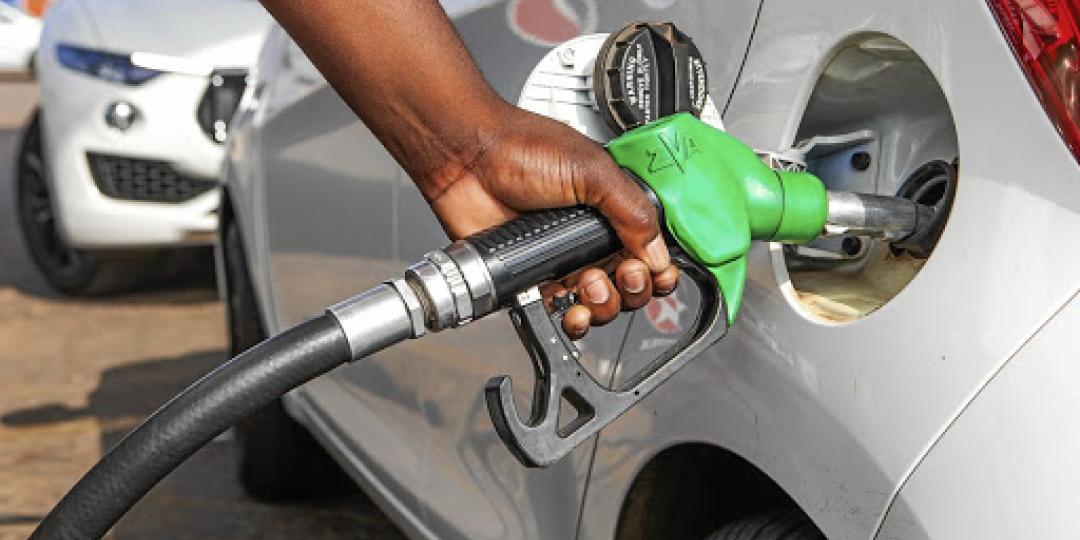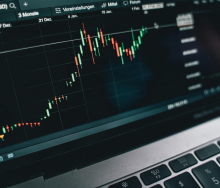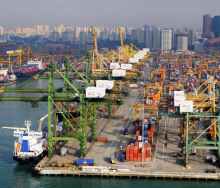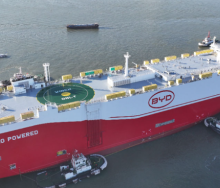Transport costs are beginning to become less expensive compared to the incredible highs seen during the year, the Road Freight Association (RFA) has said in a statement following yesterday’s decrease in the price of diesel.
The downward adjustments – by R1.52 for 500ppm and R1.57 for 50ppm – will drop inland retail pump prices to R24.23 and R23.92 respectively.
Unfortunately, the price of both grades of petrol (93 and 95) has increased by 59 cents per litre, taking inland prices to R23.16 and R23.46 per litre respectively.
“Seen together, it means fuel prices are still 33.4% higher than they were this time last year, meaning we have a long way to go to bring the cost of logistics down to a far more palatable (and sustainable) level,” the statement said.
The RFA added that the realities of how transporters acquired diesel, how it was paid for, and the delays in being paid for the work done, still remained true.
“There will be less pressure on the guarantees and daily refuelling cycles.”
The Association pointed out that a truck with two 500-litre fuel tanks would now pay R1 530 less for every complete refuel (for 500ppm diesel), for example.
“When this is multiplied by the number of vehicles and trips (refuels) a transporter has – the savings add up and release pressure on cash flow.”
Delving deeper into what this means, the RFA said fuel had breached the 58% mark in daily operating costs during the third quarter of the year, and now, as we head into the final month of 2022, this should head back below the 50% mark.
“That is extremely good news – but we need it to drop further.
“The resultant downward pressure on transport prices will also begin to flow through the logistics supply chains. But the price relief to be felt by consumers will vary – depending on stock on shelves at previous transport rates and the types of transport service contracts between clients and retailers.”
The Association emphasised that the continuous increases in the price of diesel had driven the cost of transport and logistics up to unimaginable levels, and with roughly 85% of all goods moved through and around the country having a road leg at some part in the journey, the recent set of fuel price decreases would take some time to be felt by consumers, as the cost to transport goods slowly decreased.
“Consumers will pay less for everyday goods - from food to fuel, from clothing to electronic goods, and everything in between. As fuel prices start to fall, a domino effect will ensue, hopefully the first in a long line of such domino effects that will bring about a steady decrease in the cost of living as regards consumer items.”
The RFA added that continued and sustained fuel price reductions would definitely have an effect on inflation.
“The bigger effect of falling fuel prices and retail prices is that the basket of goods used by the Reserve Bank to alter the lending rate will reflect a different picture of the inflation monster, and this will bring about a better financial experience for consumers.
“That is good news for everyone indeed.”
All in all, there are signs that things are going to get better, the Association said.
“The recent GDP figures showed a better picture than expected, and the trend in fuel prices will definitely help to improve those figures too.”













